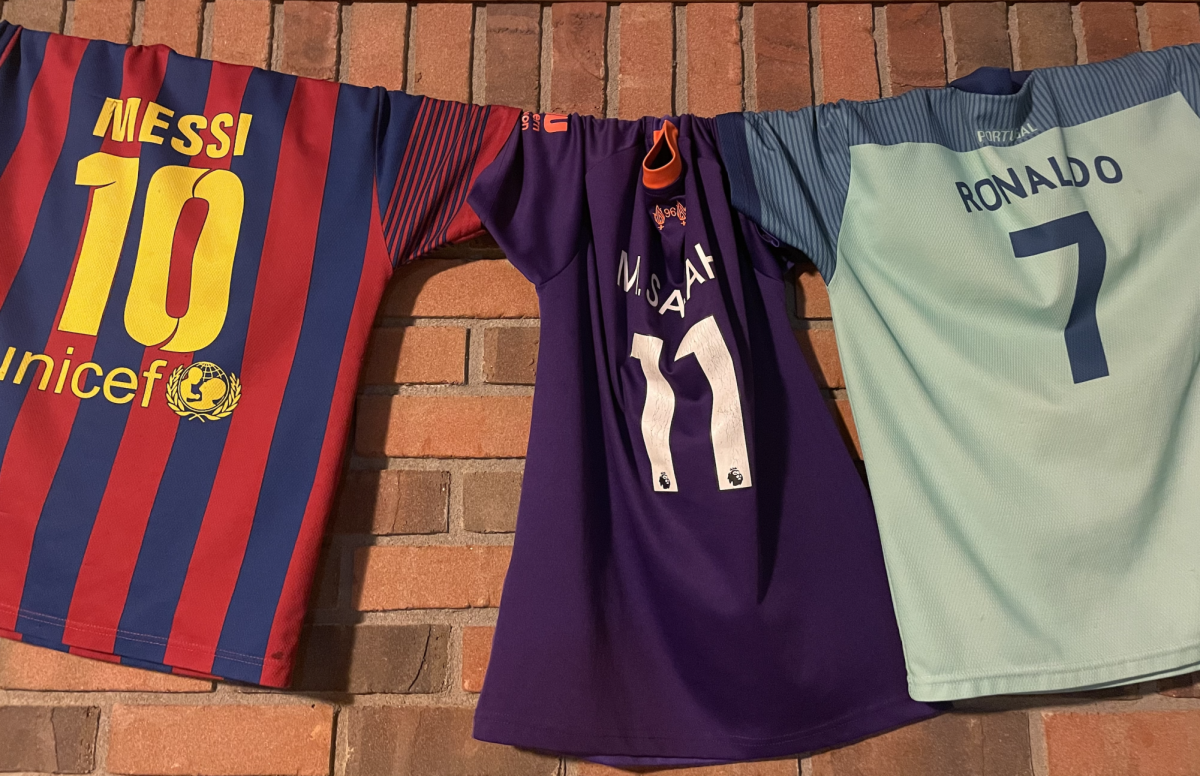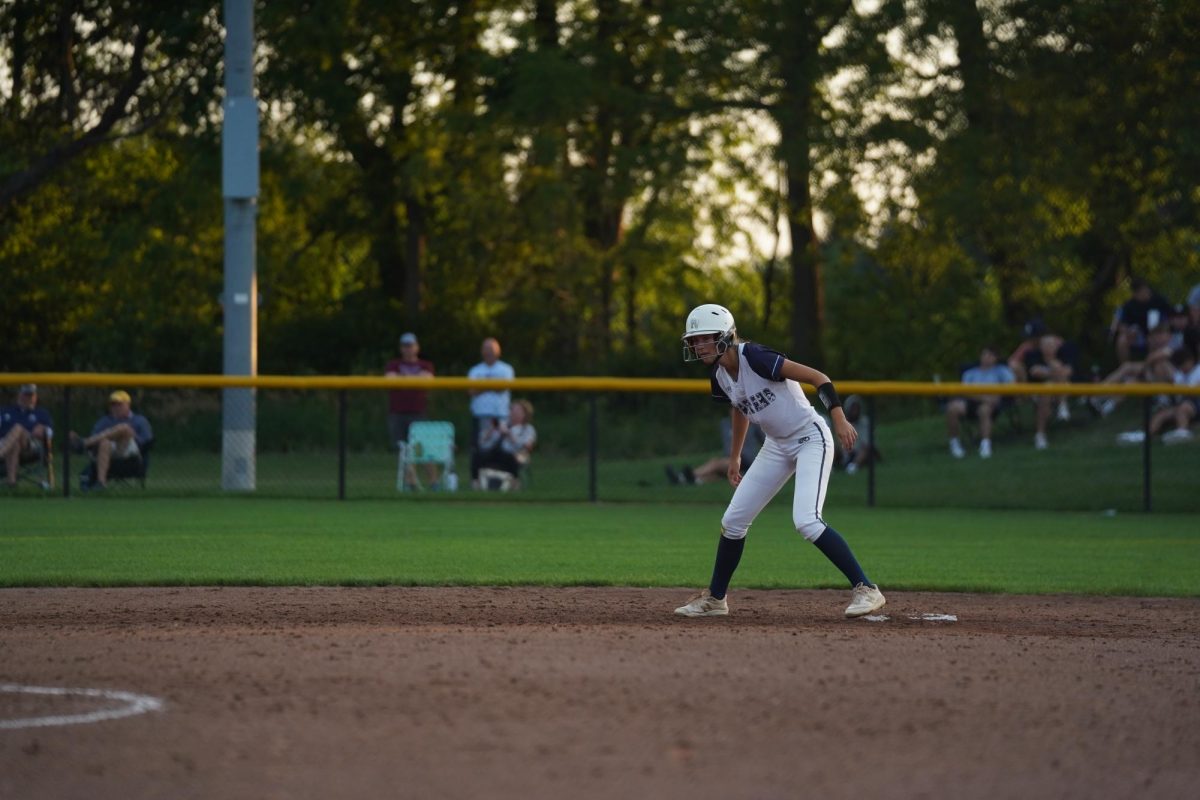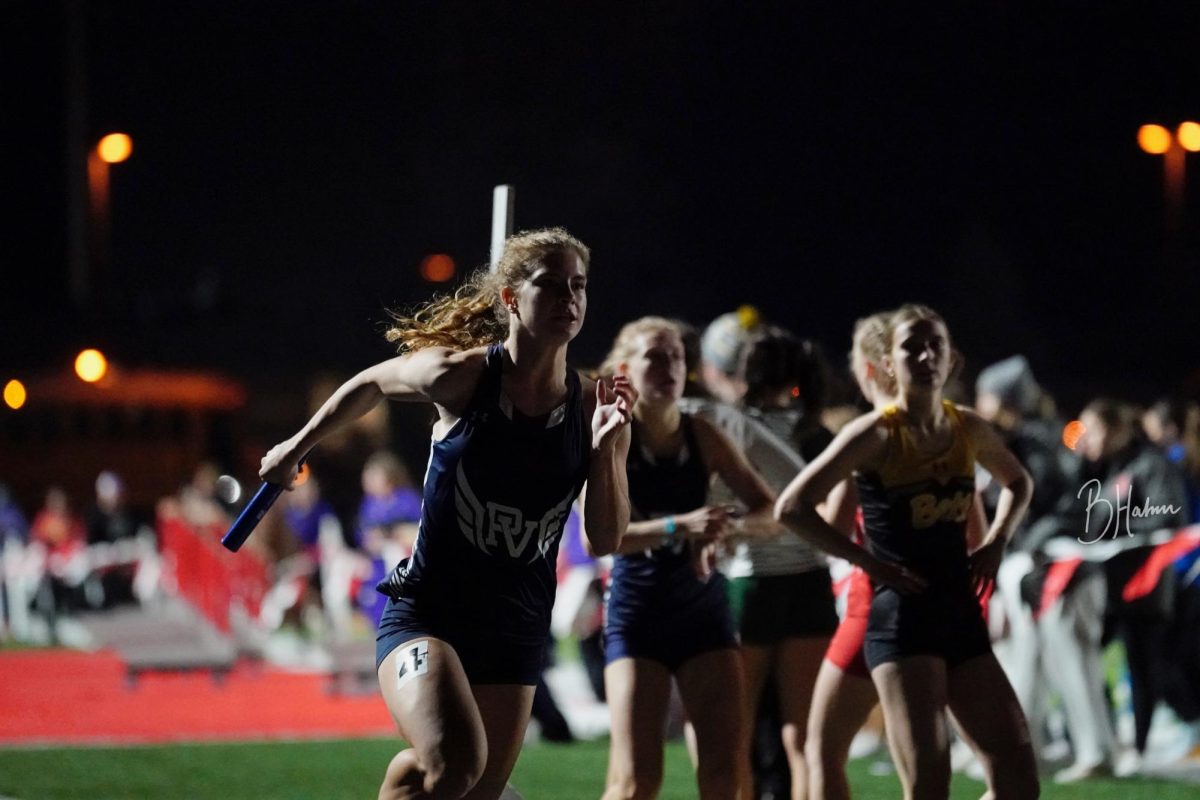With all sports, there are rivalries. Many times these are between neighboring teams and close competitors, like Iowa versus Iowa State, or between the most popular teams, like the Boston Celtics versus the Los Angeles Lakers.
Athletes who are at the top of their respective sports are constantly compared to one another. While this raises excitement as people examine this “battle of titans,” it can lead to animosity as fans take sides of the rivalry. This is even more problematic as it sets athletes up against each other, often unwillingly.
Often, people argue by using illogical details instead of actual evidence. “Personally, I think it is opinion-based, where people are more concerned with defending their favorite player opposed to using facts and data to figure out who is better,” junior Muhammad Baig explained.
Rivalries are often centered around who is the “greatest of all time” for their particular sport. Popular among these are Lebron James versus Michael Jordan in the NBA, Tom Brady versus Patrick Mahomes in the NFL and Lionel Messi versus Cristiano Ronaldo in soccer.
There are both benefits and detriments in having fan created rivalries. “I think these rivalries are okay because it is human nature to not agree with opposition, but I do think sometimes it becomes too radical. However, while it might create some negative emotion, it makes the experience more enjoyable,” Baig said.
There are many reasons why people force these rivalries onto the players.
The most impactful factor is social media. With platforms like Instagram, people have an easily accessible platform to spark arguments. By creating posts slandering popular players or by commenting on posts about rival players, users can easily begin heated arguments as people try to convince others that their favorite player is the best.
A second element contributing to this problem is a difference in generations. Many people like to claim their era has the best athletes. This is especially apparent with the Jordan versus James debate. While both were successful in the NBA, people often try to discredit Jordan’s accomplishments by suggesting the NBA was less competitive during his career.
Fans can also create rivalries to motivate their favorite players to outperform competition. “I think people create rivalries to push athletes to be better than their opponents. Personally, when I play against rivals, I feel myself trying to push my limits to beat them,” junior Liam Kelley said.
Finally, people create controversies when comparing achievements and awards of the players.
Many times, when players are chosen to receive awards by votes from fans, the most popular player wins instead of the most deserving. This causes issues as fans claim all awards given to their favorite player’s rival were “rigged” and are meaningless, even awards that were won legitimately.
An example of this is the 2022 World Cup. Even though Lionel Messi and Argentina won, many claim it was scripted because FIFA, who organizes the tournament, let Argentina win as they received five penalty kicks during the tournament, the highest amount since the 1966 World Cup.
But, this theory has a myriad of proof against it. When France won the tournament in 2018, they received four penalties, just one fewer than Argentina, yet nobody complained about it. Also, when examining the penalties that were given to Argentina, it is hard to argue they were not deserved.
This controversy relit when Messi received the Ballon d’Or award, given to the best soccer player of the year, which Ronaldo fans claimed was because he won the World Cup.
A major problem with forming these rivalries is they set athletes against each other. This leads to fabricated personal rivalries between athletes who do not want to go against one another.
Sports are meant to excite and entertain fans, and this is often achieved by fans forming rivalries for or against certain players. While it succeeds in adding entertainment to the games, it can also bring negative feelings to sports as fans argue with those who do not agree with them.









